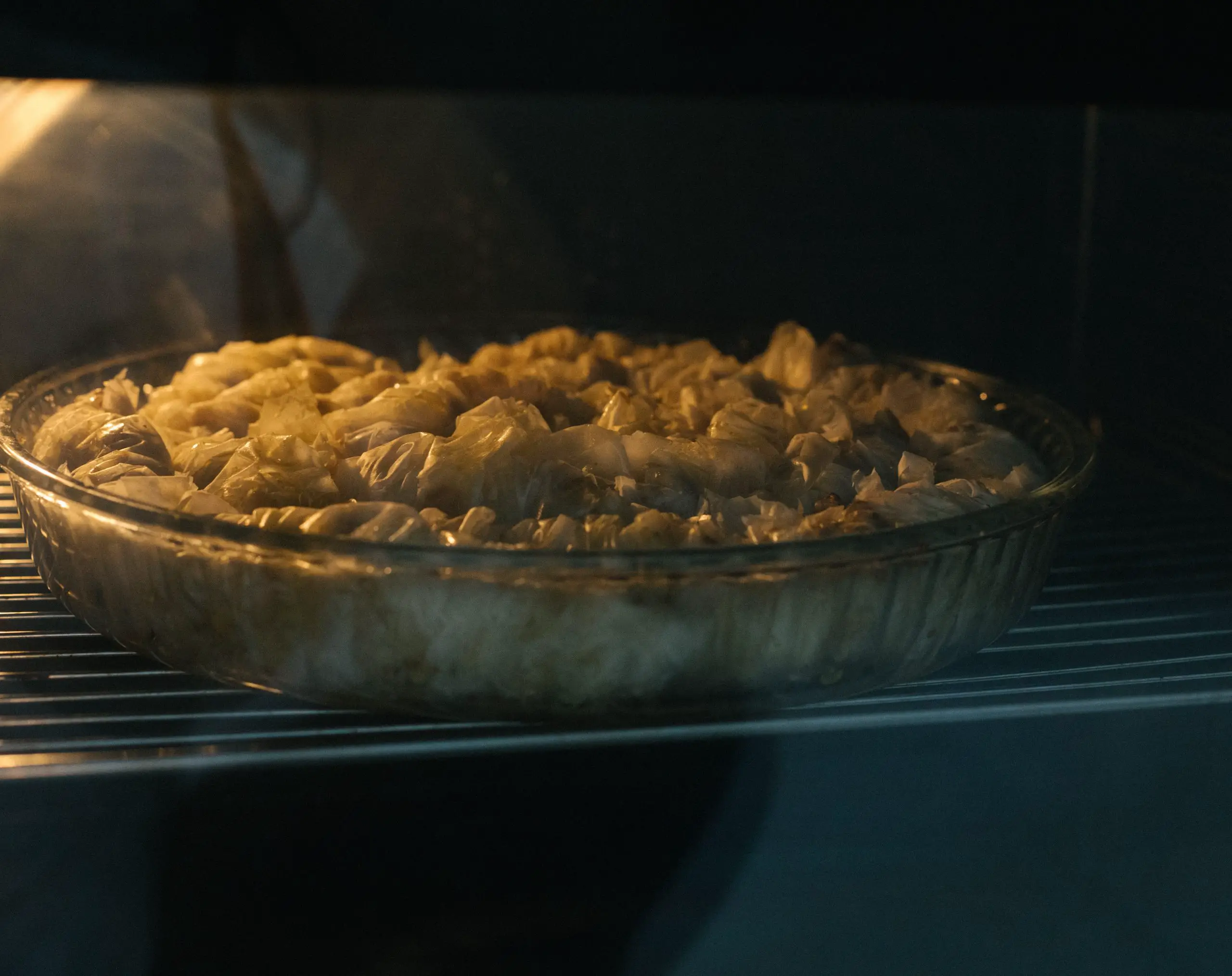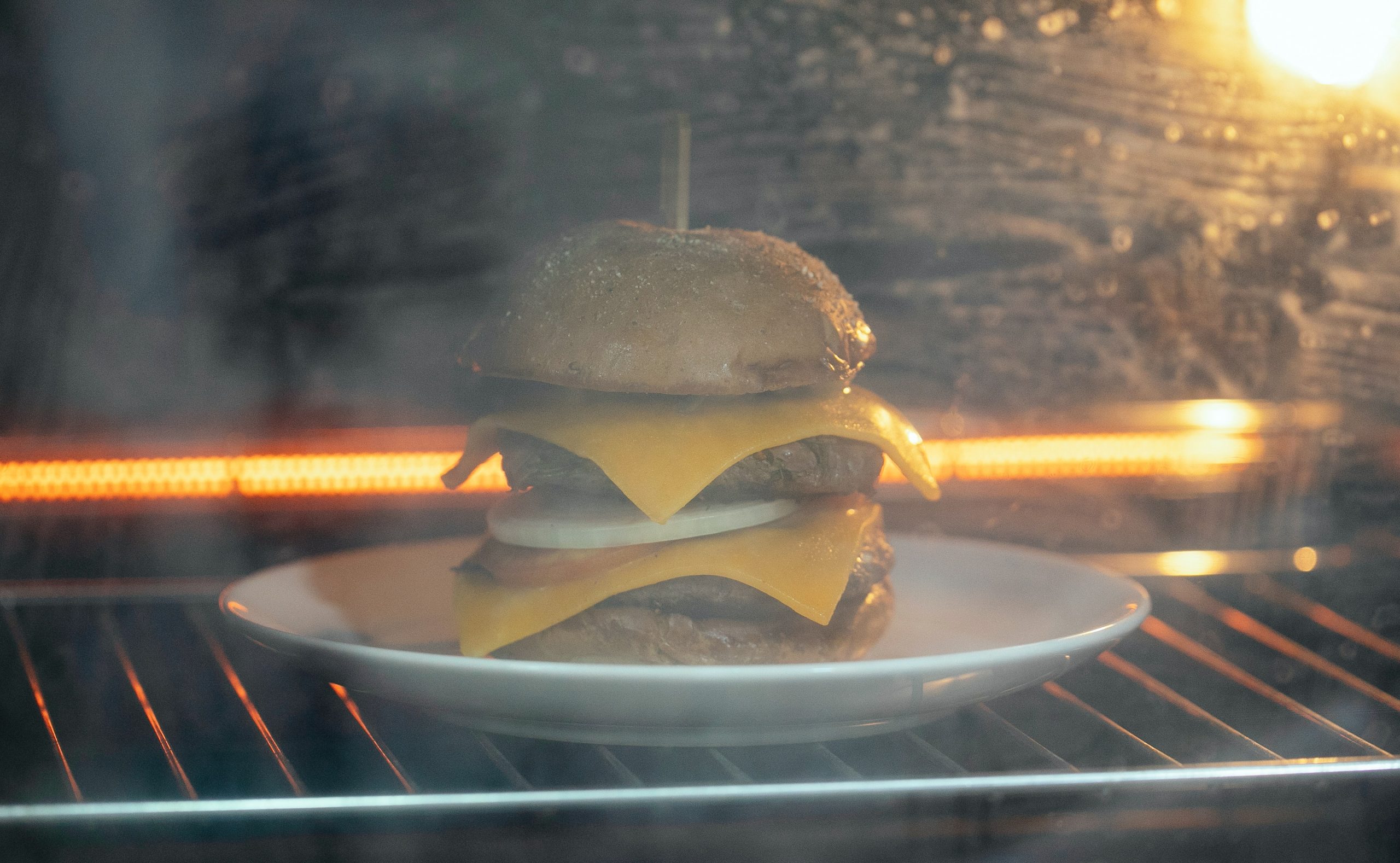Whether you are looking for the answer to the question, “how many times can you safely reheat food” or you are just trying to find out which foods can be reheated safely, you have come to the right place.
The number of times you may safely reheat leftover home-cooked meals is unlimited. The ideal strategy is to avoid doing it too frequently. One sort of meal would typically not require more than one reheating. Make meals in bulk, then divide and store them in separate portions. Usually, doing this guarantees that they will only require warming once each.

How Many Times can you Safely Reheat Food?
Ideally, food should be consumed right away after it has been prepared. It will likely taste best at this time because it will be the freshest. However, regarding food safety, you can reheat meals several times as long as you do so at the right temperature and for the right amount of time. However, whenever feasible, abide by the Food Standards Agency’s (FSA) advice to only reheat food once.
Make sure the food is piping hot throughout before reheating it. This proves that you heated it properly, and the microorganisms were eliminated. Be warned that the food quality may decline each time you reheat it, depending on the dish. Sadly, this means that meals like pastries won’t have the same consistency or flavor as the first serving. But when it comes to meals like ragù, chili, or slow-cooked meats, chilling the food will let the flavors meld, and it will reheat beautifully.
How can you Reheat Food Safely in the Oven?
Remember that the best way to safely reheat food in the oven is to properly preheat the oven before placing it.
- Food should be heated until it reaches its original temperature, 75 °C.
- The recommended cooking methods must preheat the oven.
- You should preheat the oven, usually between 160 °C and 220 °C, depending on the type of dish.
- Only eat the dish when you notice it sizzling hot and emitting steam. Use this approach to determine whether the meal is at least 75 °C if you believe you have a temperature inquiry.
- Depending on the food, the oven or the microwave should be used to reheat it.
Are There Any Foods you Shouldn’t Reheat?
Undoubtedly, there are no prepared dishes that you shouldn’t reheat. We advise you to be cautious while reheating meat, fish, or rice. These items should be safe to eat without the danger of food poisoning if you cool, store, and then properly reheat them.
The NHS states:
- All leftovers must be consumed within two days.
- The maximum time you should wait before eating any leftovers is four days from when they were served.
- The best action is to throw away the food and avoid having it if you store it in your refrigerator afterward.
- Make sure to split up the leftovers for freezing if you anticipate not using them all.
Despite common misconceptions regarding what can and cannot be reheated, you should know how to do it safely and how many times. If you decide to reheat the food, ensure the entire dish is scalding hot.
Although almost all foods can be repeatedly warmed up, avoiding doing so with the same meal is recommended. The likelihood of hazardous bacteria growing increases each time your meal is prepared at a lower temperature, stored, then reheated.
How to Avoid Food Poisoning?
Food poisoning is most likely to occur if food is not properly heated a second time.
- You should heat your meal for the appropriate period and at the appropriate temperature to prevent food poisoning.
- After that, you can reheat your dish several times.
- The quality of the meal can get worse every time you reheat it because warming has been shown to alter the texture or flavor of food.
The Dish Standards Agency advises only one reheating of your food.
Consider reheating your leftover lasagna and discovering a huge piece of ice-cold meat in the center. You will know you are increasing your chance of food poisoning, making it less enticing. Always remember that to prepare food and maintain it boiling throughout completely properly, all hazardous germs must be killed, rendering it safe to eat.
Can you Reheatthe Takeaways?
When consuming leftover takeout, you should exercise greater caution because it is doubtful that you will be able to determine the exact preparation method. For instance, it might have already been reheated, or some ingredients might have been prepped and cooked separately from the dish as a whole.
You must use extra caution when reheating rice. Rice that has not been cooked or reheated may still have Bacillus cereus spores. Before serving it to guests, some businesses can have precooked rice and reheat it. How the takeaway prepares and handles, its rice will help you decide whether or not it is safe to reheat. When rice is chilly from the refrigerator or boiling throughout, it is safe to eat. Never consume rice that is at room temperature because this is when the germs are most active.
The Food Version of the Law of Diminishing Returns
The economic principle known as the law of diminishing returns, which states that effort cannot be increased indefinitely without increasing results, certainly holds when it comes to reheating meat.
Fat is primarily responsible for the meat’s flavor since it absorbs aromatic substances from the animal’s food. These substances are released during cooking as the fat melts, enhancing the flavor of the meat. With aging, such chemicals get more complex.
The freeze-thaw cycle, however, causes the protein and fat to oxidize. If you speak the technical language, you may read about the many protein functional losses in swine longissimus muscle that were published in the July 2010 issue of Meat Science (yes, it is the name of a real journal).
Due to the freeze-thaw process, the pork lost juice, color, and flavor in plain English. (NOTE: It appears that the meat was raw, not cooked. But whether the food is cooked or raw, the effect should be the same. Please share your thoughts on this in the comments section below if you have any.
Is it Safe to Reheat Food?
What will you do after learning how many times food can be reheated? Is it okay to reheat food more than once? It depends, is the unequivocal response to this query. Reheating food is generally safe if you adhere to some fundamental rules. However, some foods should not be reheated.
It’s crucial to confirm that food has been cooked thoroughly before reheating. To accomplish this, check the meal’s temperature with a food thermometer. You could become ill if the dish is not thoroughly prepared.
Additionally, some foods should not be warmed. These consist of the following:
- Foods containing raw eggs, such as hollandaise sauce and Caesar salad dressing
- Poultry that has only been cooked once
- Foods that have been left out for longer than two hours at room temperature
- Foodstuffs that have passed their expiration date
It is recommended to err on the side of caution and avoid eating food if you are unsure whether it is safe to reheat.
So, is reheating food safe? Yes, provided you adhere to a few fundamental rules and exercise caution when choosing which meals to reheat. If you take these steps, you won’t have to worry about your leftovers! Ensure the meal is thoroughly cooked, hasn’t gone bad, and wasn’t exposed to room temperature for excessive time.
Reference: Factors impacting food workers’ and managers’ safe food preparation practices: A qualitative study
What are the Benefits of Reheating Food?
In addition to learning how many times you can reheat food, you should consider its advantages. The process of reheating food has various advantages. Reheated food has many advantages, some of which are that it is more nutritive, tastes better, and is more economical.
- Food that has been heated up is healthier. The nutrients in food that has been refrigerated or frozen become more accessible when heated. This implies that your body can absorb food’s nutrients more effectively.
- Food that has been heated up tastes better. Food’s flavors are frequently enhanced when it is heated. This is because heating food causes scents to be produced that were not present while the meal was cold.
- The cost of hot meals is lower. In most cases, reheating leftovers is less expensive than preparing a brand-new dinner. This is because you are utilizing your current ingredients rather than purchasing new ones.
- The environment should reheat food. It takes less energy to reheat leftovers than to prepare a brand-new meal. This is because you expend energy to reheat previously prepared food rather than a brand-new meal.
- Reheated food is cleaner. Any potential bacteria are often destroyed by heating leftover food. This is because heating food above a certain temperature will kill most bacteria.
- Reheated food is more convenient. Heating leftovers usually takes less time than cooking a new meal from scratch. This is because you are using ingredients that have already been cooked instead of cooking new ingredients.
- Food that has been heated up usually tastes better. Heating leftovers usually brings out the flavors in the food more than eating it cold. This is because heating food causes scents to be produced that were not present while the meal was cold.
- Reheated food is often more filling. This is because when you heat food, it causes the food to expand, which makes you feel fuller. Heating leftovers usually fill you up more than eating them cold.
- Reheated food is often more digestible. This is because heating the food helps break it down so that your body can better absorb the nutrients in the food. Heating leftovers usually makes the food easier to digest than eating it cold.
- Reheated food is often more palatable. This is because when you heat food, it releases aromas that make it taste better. Heating leftovers usually makes the food more palatable than eating it cold.
Conclusion
One of the best value-saving strategies ever created is reheating food. Just remember to heat your leftovers properly when you do so and to be cautious about anything that might have developed on or in them over three days.
